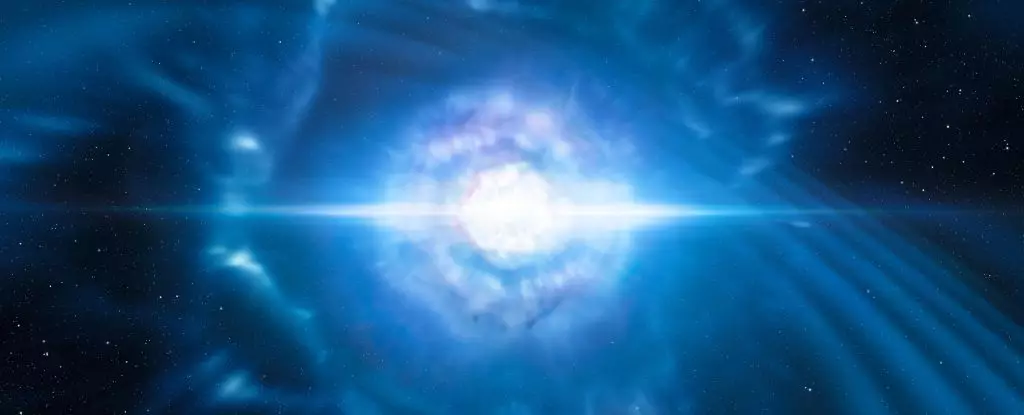The mystery surrounding the creation of heavy elements in the universe has long intrigued scientists. Recently, a team of astronomers led by Ian Roederer of the University of Michigan embarked on a groundbreaking study to shed light on this enigma. Their research focused on 42 stars within the Milky Way, and the findings have presented a compelling argument for stars being capable of creating elements heavier than anything naturally occurring on Earth.
Stars, the celestial engines of the universe, play a crucial role in the creation of elements. Fusion lies at the heart of this intricate process. Within the core of a star, atoms are fused together, generating heavier elements. However, the fusion process reaches its limit when it comes to iron. Iron fusion requires an extraordinary amount of energy, ultimately leading to the star’s self-destruction. Thus, fusion alone cannot account for the existence of elements heavier than iron.
Rapid Neutron-Capture Process
In the self-destruction of stars, such as supernova or kilonova explosions, a unique set of conditions emerges, giving rise to the rapid neutron-capture process, known as the r-process. During this phenomenon, loose neutrons adhere to available nuclei, resulting in the creation of heavier elements. The r-process occurs under extreme and energetic circumstances, often found in supernovae. This rapid process is responsible for the generation of elements like gold, platinum, thorium, and uranium.
While we comprehend the basics of the r-process, numerous unanswered questions remain. The conditions necessary for its occurrence and its endpoint still elude us. Intriguing queries, such as the number of neutrons that can be added or the maximum weight of an element, linger in the realm of uncertainty. To uncover some of these enigmatic answers, Roederer’s team decided to explore fission as an alternative pathway for element formation.
Nuclear fission occurs when an atom splits apart, resulting in the creation of less massive elements. Previous studies have extensively examined the chemical compositions of the 42 targeted stars within the Milky Way. These stars, remnants of the early Universe, were primarily composed of hydrogen. As they fused elements within their cores, they eventually perished, disseminating these elements into space, ready to be incorporated into subsequent generations of stars.
A Collective Approach
In a departure from traditional individual star analyses, Roederer and his team investigated the chemical abundances of the 42 stars as a collective group. They sought elements that could be products of fission, such as ruthenium, rhodium, palladium, and silver. Remarkably, the team discerned a compelling pattern. The expected ratios of certain elements, indicative of r-process production, were absent. This led to the conclusion that these elements, produced by fission, were the result of earlier stars generating even heavier elements.
The scarcity of observed heavy elements with atomic masses beyond 260, both naturally occurring and even in nuclear weapon tests, adds to their mystique. However, the discovery of their potential fission products holds promise. Analyzing the likelihood and prevalence of their formation outside of Earth could offer invaluable insights into the broader Universe.
The Implications
This groundbreaking research challenges our understanding of elemental creation in the cosmos. The revelation that stars of the past had the ability to generate elements far heavier than anything witnessed on Earth expands the horizons of our knowledge. By delving into the mechanisms of fusion, supernovae, and fission processes, astronomers inch closer to unraveling the intricacies underlying the origin of heavy elements.
The quest to comprehend the cosmos continues unabated. Through innovative research and a collective approach, Roederer and his team have pushed the boundaries of astronomical discovery. The ability of stars to forge elements beyond our current comprehension accentuates the dynamic nature of the Universe. As our understanding deepens, so too will the awe-inspiring wonders that beckon from the vast depths of space.


Leave a Reply